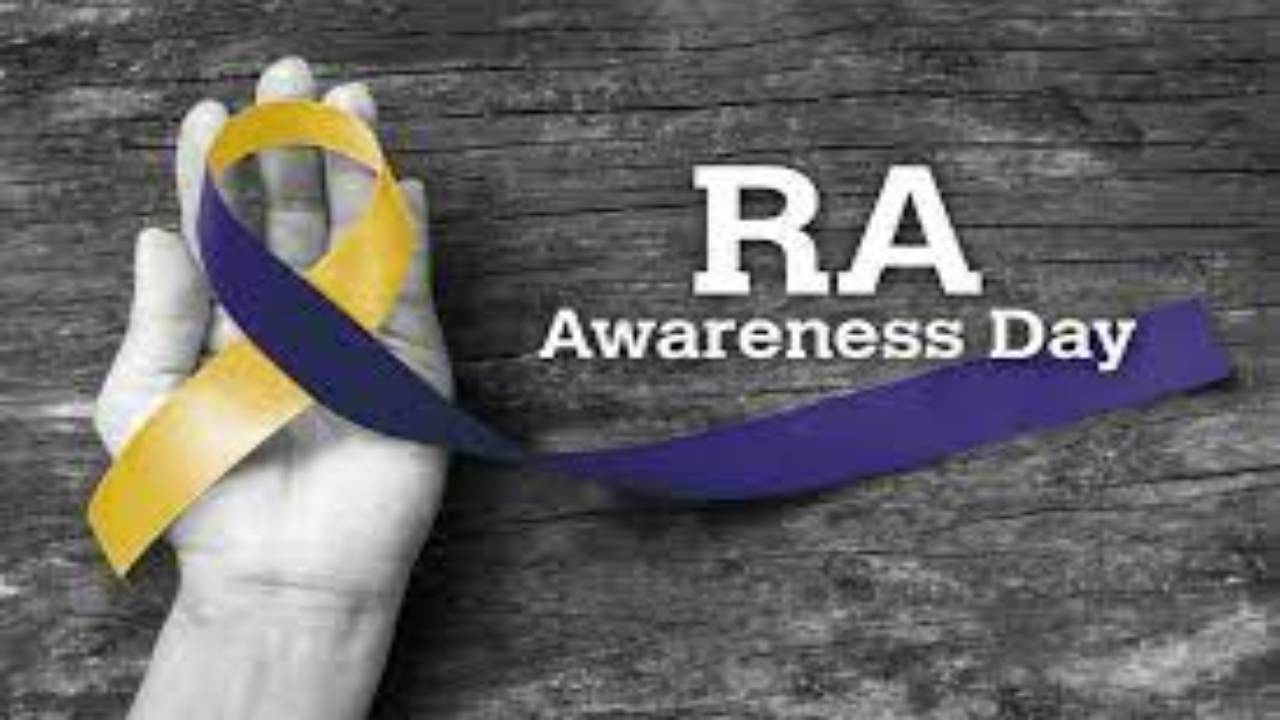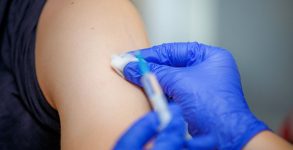Rheumatoid Awareness Day 2023: Rheumatoid arthritis is a debilitating autoimmune disease that affects approximately 1.5 million people in the United States alone. It’s a painful condition that can have devastating effects on its sufferers, so it’s no wonder that February 2nd every year has been designated as Rheumatoid Awareness Day. This day is dedicated to raising awareness about this chronic and often misunderstood condition. In this blog post, we will explore what Rheumatoid Awareness Day is, the realities of living with RA, and how you can help contribute to the fight against this condition on February 2nd and beyond.
Rheumatoid arthritis – what is it?
Rheumatoid arthritis (RA) is a chronic inflammatory disorder that primarily affects the joints. In some cases, it may also affect other organs, such as the eyes, skin, and lungs. RA is typically a symmetrical disease, meaning that if one joint is affected, generally the same joint on the other side of the body is affected as well. RA causes the body’s immune system to attacking healthy tissue, resulting in inflammation of the joints and surrounding tissue. This can lead to pain, stiffness, warmth and redness in the affected joints. Over time, RA can cause damage to the cartilage and bone in the joints, which can eventually lead to deformity.
There is no known cure for RA, but there are treatments available that can help to manage the symptoms and slow down or prevent further damage to the joints. Early diagnosis and treatment is important in order to prevent further joint damage and disability.
The symptoms of RA
There are a number of symptoms associated with rheumatoid arthritis (RA), and they can vary from person to person. The most common symptoms include:
Joint pain and stiffness: This is usually worse in the morning or after a period of inactivity. The joints may also feel warm to the touch.
Swelling and inflammation: This can cause the joints to appear red and swollen. In severe cases, the inflammation can lead to deformity of the joints.
Fatigue: Many people with RA experience fatigue and low energy levels. This can be due to the disease itself or as a result of medications used to treat it.
Fever: A small percentage of people with RA will experience fever as a symptom of the disease.
Weight loss: Some people with RA may lose weight due to the inflammatory process and/or lack of appetite.
RA treatment
According to the Centers for Disease Control and Prevention (CDC), rheumatoid arthritis (RA) is a chronic inflammatory disorder that affects the joints. It can also affect other organs in the body. RA is about two to three times more common in women than men, and it often begins between the ages of 40 and 60. However, it can occur at any age.
There is no cure for RA, but there are treatments that can help relieve symptoms and improve quality of life. The goals of RA treatment are to reduce pain, swelling, and stiffness; prevent or slow joint damage; and improve or maintain function and quality of life.
RA is typically treated with a combination of medication, rest, exercise, and other therapies. Medications used to treat RA include disease-modifying antirheumatic drugs (DMARDs) and biologic agents. DMARDs help slow the progression of RA by reducing inflammation. Biologic agents are targeted immune system modulators that work by blocking specific proteins involved in inflammation.
Rest and exercise are important components of RA treatment. Rest helps reduce fatigue and Joint pain while exercise helps maintain joint function, muscle strength, and overall fitness. Other therapies that may be used to treat RA include physical therapy, occupational therapy, splinting or bracing, heat or cold therapy, hydrotherapy, transcutaneous electrical nerve stimulation (TENS), acupuncture, massage therapy.
Rheumatoid Arthritis Awareness Day: Significance, signs of disease
Rheumatoid Awareness Day – what is it all about?
Rheumatoid Awareness Day is all about bringing awareness to the often debilitating and painful disease of rheumatoid arthritis (RA). RA is a chronic inflammatory condition that can affect people of all ages, but is most commonly diagnosed in middle-aged adults. Although there is no cure for RA, there are treatments available that can help manage the symptoms and improve quality of life.
On Rheumatoid Awareness Day, we encourage everyone to learn more about this disease and what they can do to support those who suffer from it. There are many ways to get involved, from making a donation to a charity that supports research into finding a cure, to simply spreading awareness through social media. Every little bit helps!
Yoga improves clinical outcome in Rheumatoid arthritis: Study
Conclusion
Rheumatoid Awareness Day is an important event for everyone to be aware of. It is an opportunity for us to recognize the struggle that people with rheumatoid arthritis have and show our support. We must stand together and make sure this condition gets the awareness it deserves, so more individuals can get diagnosed earlier and receive proper treatment. Everyone has a part to play in fighting against this debilitating disease, so let’s spread knowledge and understanding on February 2nd!
RHEUMATOID AWARENESS DAY DATES
| Year | Date | Day |
|---|---|---|
| 2023 | February 2 | Thursday |
| 2024 | February 2 | Friday |
| 2025 | February 2 | Sunday |
| 2026 | February 2 | Monday |
| 2027 | February 2 | Tuesday |


















